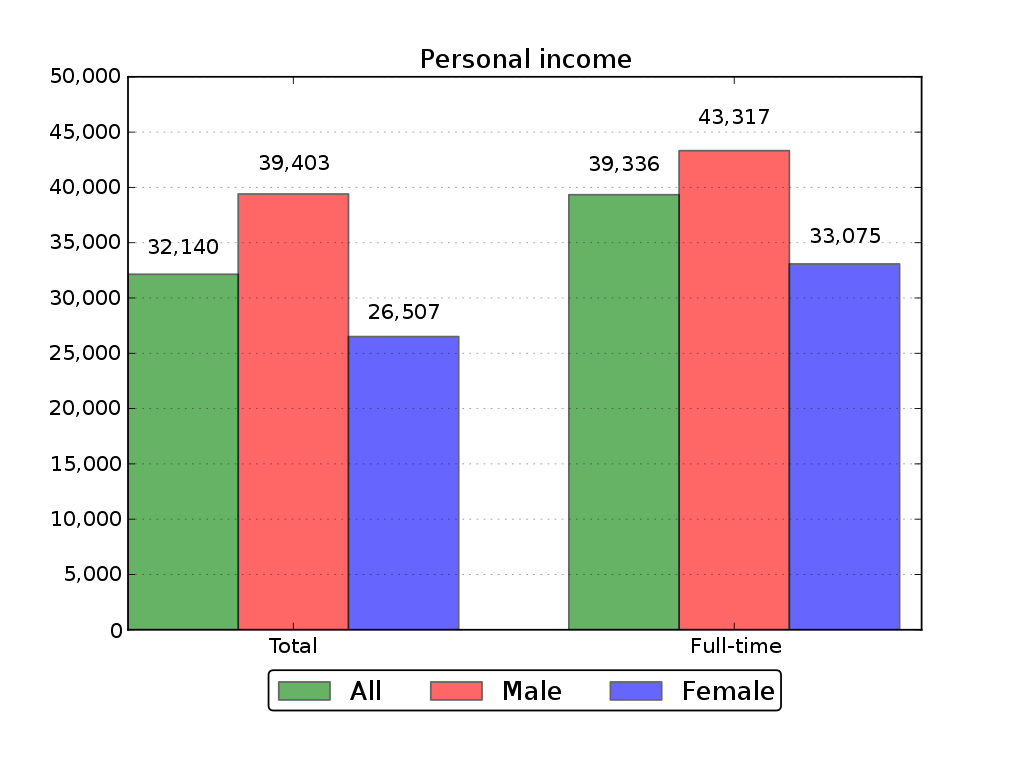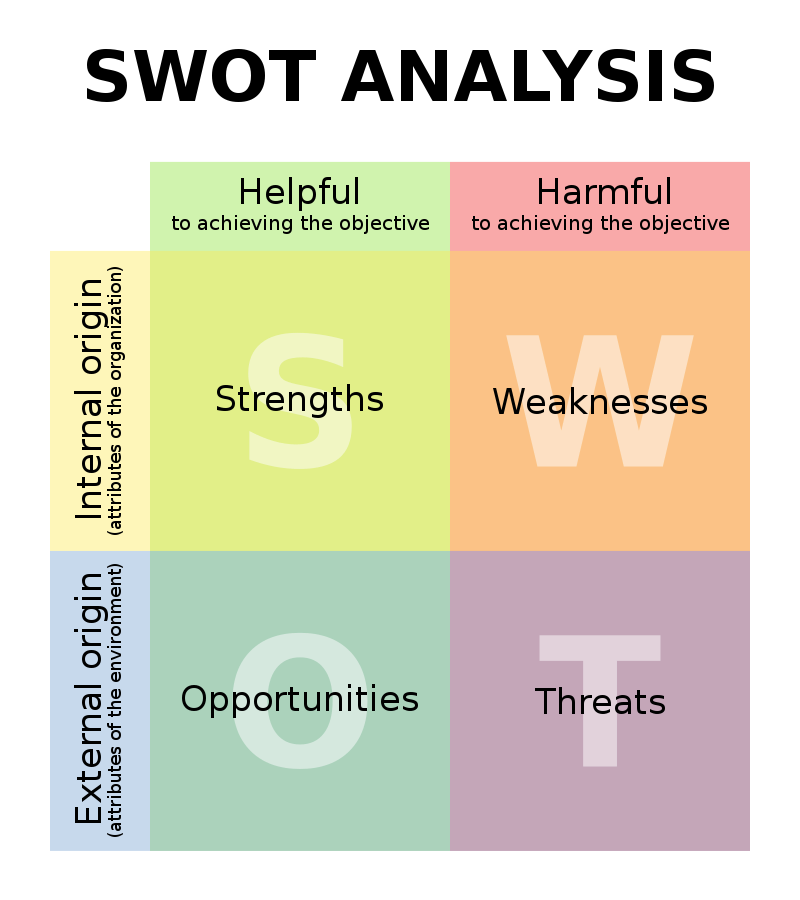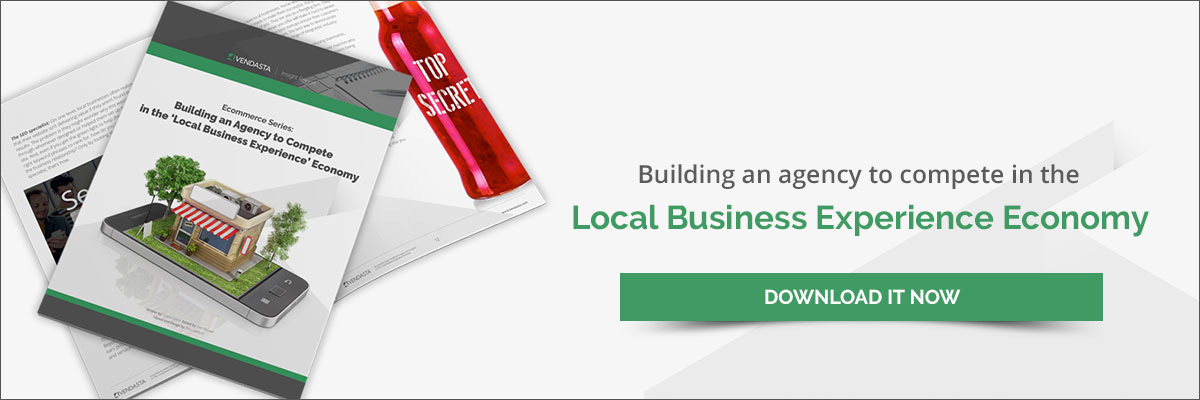How to Craft Actionable Insights with a Competitive Analysis Report (with Examples)
As an agency, you must know where you stand in the market—and where each of your clients is positioned. A competitive analysis report helps you identify your agency’s—or your client’s— strengths and weaknesses, find gaps in the market that signal potential low-hanging fruit for campaigns, and otherwise inform your marketing agency strategy.
Explore trends and growth drivers in the Managed Service Provider space. Download “Not Another MSP Handbook: The Changing Landscape and New Opportunities” now.
This article delves deeper into the importance of competitive analysis reports and provides insight into what to include in one. It also offers step-by-step guidance to help you get started creating competitive analyses for your agency or your clients.
What is a competitive analysis report?
A competitive analysis report looks at your agency's products or services—or those provided by your clients—in comparison to the offerings of competitors. It also considers how competitors market their brands and products and how a specific business can position itself strategically to differentiate itself from others.
This type of report is also called a competitor report or competitor analysis. The information you uncover when creating such a report informs your digital marketing strategy.
Benefits of competitive analysis reports for agencies
A competitive analysis is a must-take step as you launch a digital agency startup, but it can also benefit established agencies. Here are some benefits of competitor reports specifically for marketing agencies:
- Helps you understand your position in the market. When you know your position in the market, you can create a better value prop for your agency. For example, if a competitor analysis illustrates that you offer more social media services than your competitors, you can market yourself as a leader in this area of digital marketing.
- Helps you identify strengths and weaknesses. Looking at what your competitors do and don’t do can help you see skills and service gaps in your own agency that you need to shore up. It can also help you see where you’re doing well so you can increase efforts to capitalize on those areas.
- Supports strategic planning and decision-making. All of this information helps you create more strategic business growth plans. For instance, if all your competitors have already invested in artificial intelligence and you haven’t, you may realize AI is a next big strategic endeavor necessary for your agency.
Benefits of competitive analysis reports for clients
Providing an analysis of competitive landscapes for your clients can help establish your team as experts and support active decision-making from those clients. Some benefits of competitive reports for your clients include:
- Clients gain an understanding of their competitive landscape. When clients understand where they are positioned in the market, they can make more strategic business decisions. This knowledge can also cement buy-in for marketing services from your agency that are designed to improve a client’s position.
- Valuable information for sales and marketing strategies. The data in these reports provides helpful information for client sales and marketing teams that goes beyond the services you provide.
- The ability to identify growth and improvement opportunities. A comprehensive competitive audit report helps you come up with feasible and relevant suggestions for how you can partner with a client to improve marketing strategies and outcomes.
Essential components of a competitive analysis report
Your competitor research reports should be unique to your agency. Think about branding elements such as formatting and unique insights your team can include to help your reports stand out from others and support loyalty in client relationships. But do ensure that your competitive analyses include critical components such as those described below.
Industry overview and trends
Start out with an overview of the industry in question. Highlight major trends, such as:
- How big the market is overall and future growth expectations
- What categories have the biggest market share, and where your agency or client fits into that mix
- Current trends in the industry, such as new technology, AI adoption, and customer needs
Competitor profiles and analysis
Choose three to five of your or your client’s closet competitors. Consider competitors based on geographic location, business size, and services offered.
Create a profile summary and analysis for each competitor that includes:
- Basic information, such as the company’s name, size, and specialty
- A list of services offered by the competitor
- The competitors online presence and marketing performance
SWOT analysis
Include a SWOT analysis that details your agency’s or client’s strengths, weaknesses, opportunities, and threats. Consider each section of the SWOT analysis within the context of the competitive landscape. For example, if all competitors have a strong Facebook presence and your client doesn’t, that’s a weakness and opportunity.
Image source: Wikipedia
Market share analysis
When possible, gather data to understand what type of market share your agency or client has and how that compares to competing companies. Pay attention to competitors that have large market shares—if you can find a gap in their service offerings or marketing, you may be able to exploit it.
Understanding market share and how it may be segmented helps you know how to find clients. For example, if you offer marketing for legal and financial companies but you have a small market share in one of those niches, that could be an opportunity for growth. Looking at where your competitors are doing well can also give you an idea of the best niches for marketing agencies.
Recommendations and action plan
Every competitive analysis report should end with actionable takeaways. Draw conclusions from the data included in the report and decide what actions you can take to enhance weaknesses, improve market position, or otherwise ensure your agency or client is more competitive in the market.
How to create a competitive analysis report
If you’re ready to create a competitive audit report as you start a digital marketing company or help clients grow their businesses, consider following the steps below.
1. Conduct thorough research on competitors
Identify competitors to include in your report. A report that tries to contend with dozens of competitors isn’t usually helpful because the data and narrative become unwieldy to consider. Instead, start with a holistic view of the industry and narrow down the competition to a few specific companies that either represent an entire category or directly compete with you or your client.
2. Gather relevant data and information
Data management is a necessary skill for any marketing consultancy business. A competitive analysis provides a chance to demonstrate such skills. Use third-party reports and other tools to gather as much information as you can about competitors, their products, and their marketing strategies.
3. Analyze findings and draw conclusions
Use AI and automated tools to analyze data and draw actionable conclusions, such as what marketing agency services might work well for specific clients or whether you should offer webinars to market your agency. Do remember, however, that technology tools can only take you so far in creating such analyses. Your agency needs experienced marketing analysts to help convert data into an actionable narrative.
4. Present findings in a clear and concise manner
This step is especially important when working with clients. You need to communicate your findings in a way that helps non-marketing professionals understand the purpose of your suggestions and supports buy-in for your efforts.
Consider how your client likes to communicate and receive information and how you can convey marketing data in a way that anyone might understand. Often, presenting information in charts and graphs is ideal.
If converting data into clear reports and visual formats isn’t part of your agency skillset, you may want to add white label reporting to your agency resources.

5. Develop recommendations and plans based on the analysis
The point of a competitive analysis is not simply to learn about other companies and draw conclusions about how your agency or client stacks up. What you learn must impact your marketing and lead generation strategies. Consider how the takeaways from your report can be integrated with overall strategies for positive impacts on metrics, branding, or growth.
Competitive analysis report examples
Consider some real-world competitor analysis report examples to understand the value you can get from these reports.
Example 1
A boutique marketing agency specializes in social media campaigns. It conducts a competitive analysis that shows three of its top five competitors offer TikTok management. The agency has not yet expanded to managing this platform, but a review of competitor's clients shows crossover with the agency's target audience.
Agency management decides to invest in TikTok services. Year-over-year, it increases its client list by 20% due to the new addition.
Example 2
A full-service marketing agency that works with local clients wants to expand into a new regional market. A competitor analysis indicates that only one other full-service agency explicitly targets businesses in that area. However, that competing agency has no field service companies, such as HVAC or plumbing providers, as clients.
A potential takeaway is that it might be easier to break into this new market by targeting clients in industries that aren’t already being targeted. This is especially true if the expanding agency has expertise in those industries.
Now it’s your turn. Put these steps and ideas into action with competitive analysis that informs marketing decisions for your agency or clients.



